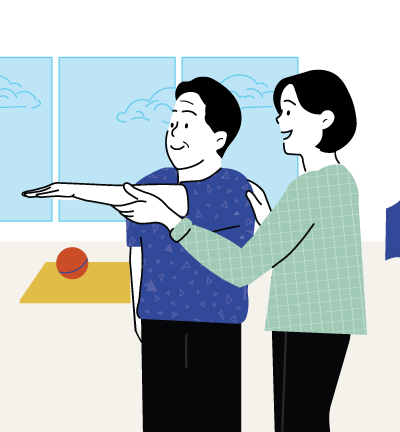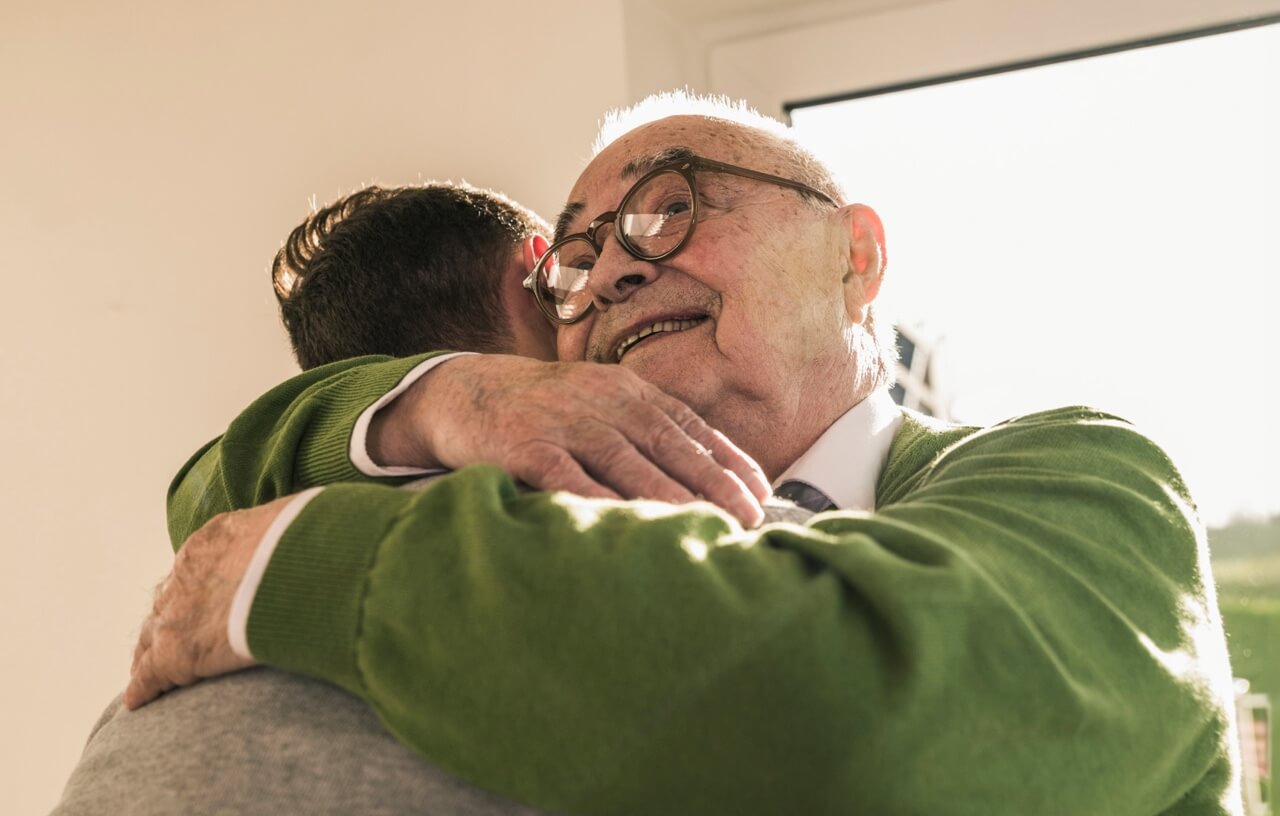Navigating your social life with CIDP
Living with CIDP (chronic inflammatory demyelinating polyneuropathy) can be challenging. It can impact every part of your life, including your social life. However, the symptoms of CIDP—such as weakness in your arms and legs, difficulty walking, and fatigue—shouldn’t mean an end to connecting with the people you care about, or to making new friends. But, you may need to modify some of your social activities and communicate to your friends and family about how CIDP affects you. Here are some tips that may help you navigate existing relationships and potentially build new ones.
Accepting your limitations and setting boundaries
Acknowledging how CIDP has affected your physical abilities can be a difficult step, but it can also help you establish boundaries. For instance, if a group of friends is going for a walk, followed by lunch, you may not feel up for the walk. However, that shouldn’t stop you from joining them for an enjoyable lunch, so you can still be a part of the social gathering.
Knowing what your body can and cannot handle provides an opportunity to set personal boundaries—like refraining from, or modifying, certain activities where your symptoms could make you feel uncomfortable. Over time, your boundaries may shift as your abilities and symptoms change.
It’s important to keep people updated, as they might not know how you’re currently feeling. Learn more about identifying boundaries by downloading the discussion guide for setting social boundaries while living with CIDP.
Michele, who lives with CIDP, said that sometimes her symptoms have prevented her from attending social gatherings. “You might be in a situation where you’re exhausted and just not feeling well. And you’re the person who has to cancel last minute,” she said. “If you don’t have people who understand your condition, it can cause some tension in some of your relationships.”
However, Michele noted that having CIDP has actually improved some of her relationships. She shared that she had not been extremely close to her parents before her CIDP-related health challenges. But as her parents became her caretakers, that changed. “I used to think, ‘Why did this happen to me?’” Michele said. “But now, I'm at a point where I can say, ‘This has happened for me, because, through this journey, I now have an amazing relationship with my mom that may not have happened.’”
Explaining CIDP to your friends and family
CIDP is rare, and the symptoms can affect everyone differently. People who are unfamiliar with the condition may misinterpret your symptoms or be unable to recognize the challenges you are facing. Because some symptoms of CIDP are invisible, like burning pain or tingling in your arms and legs, describing your symptoms to friends and family may help them to better understand what you’re experiencing and how it affects your ability to do certain things.
For example, you might explain to a friend that since CIDP impacts the nerves of the muscles in your hands, sometimes you may have to leave a social setting because you have burning pain in your hands or legs, even though it might not be visible.
Common signs and symptoms of CIDP include:
- Tingling or sensory loss in arms and legs
- Weakness of arms and legs
- Loss of balance
- Difficulty walking
- Burning pain in arms and legs
- Difficulty lifting objects
- Fatigue
My circle of friends may be smaller now, but it's better.
Crystal, who lives with CIDP, said that some of her friends didn’t believe what she was going through. “There can't possibly be anything wrong with you,” Crystal remembered some people saying. “But they didn’t see the pain. They don't see the muscle spasms, numbness, or tingling.”
Despite your best efforts, it’s possible that not all of your friends will have the ability to understand and empathize, which is what Crystal experienced. “I find that when you have a chronic illness, it really shows you who your true friends are,” she reflected. “My circle may be smaller now, but it's better.”
Explaining CIDP to new people in your life
How much you choose to share with others is entirely up to you. In some cases, the vulnerability that comes from sharing with someone new in your life can bring you closer to that person. In other cases, it may feel more comfortable to use discretion.
A lengthy conversation about CIDP may not always be appropriate. Something simple like, “I have a condition that makes it difficult for me to walk sometimes,” may be the only thing you need to say.
Maintaining romantic relationships and dating with CIDP
Romance and intimacy are parts of your life that may also be affected by the symptoms of CIDP. Whether you’re in a committed relationship or you’re single, your behaviors in this area may shift, but they don’t have to disappear.
Crystal is married and recognizes how fortunate she is to have such an understanding and loving husband. “It doesn’t matter if we’re just sitting together on the couch,” she shared. “My husband says, ‘If I can look across the couch and see you and know that you’re with me, then I’m good.’”
If you’re single and dating, you may carefully consider how much to share about your experience with CIDP on your first few dates. Michele is single and said that CIDP has affected her dating life. “I have to determine when I may share my condition and what that looks like,” she said. “I think this comes into play for any person with a chronic condition.”
You may want to allow a romantic interest to get to know you better before telling them about your condition. Conversely, you may want to share openly about your condition early on—to avoid moving forward with someone who may not be understanding of your health challenges.
Keeping an open mind
Whether you have just been diagnosed with CIDP or you’ve been living with it for a while, you may need to think differently about how to maintain your current friendships and how to develop new connections.
For instance, you might consider making friends in ways you hadn’t thought of before—like through online friend-making apps, affinity groups, or even through organizations designed to connect you to others living with CIDP or similar conditions.
Both Crystal and Michele have found value in helping others with CIDP. Crystal speaks with people newly diagnosed with the condition, and Michele has used her legal background to help others deal with their employers regarding accommodations for their CIDP symptoms.
Crystal and Michele both volunteer with the GBS | CIDP Foundation International. In addition to this organization, Crystal said she has also found great support from people through the Rare Action Network and the National Organization for Rare Disorders.
Remember why you are sharing
While sharing some of your symptoms and limitations with others can be uncomfortable, remember why you’re talking about it in the first place. It’s to help people in your life understand your experience—so you can continue to enjoy spending time with them!








